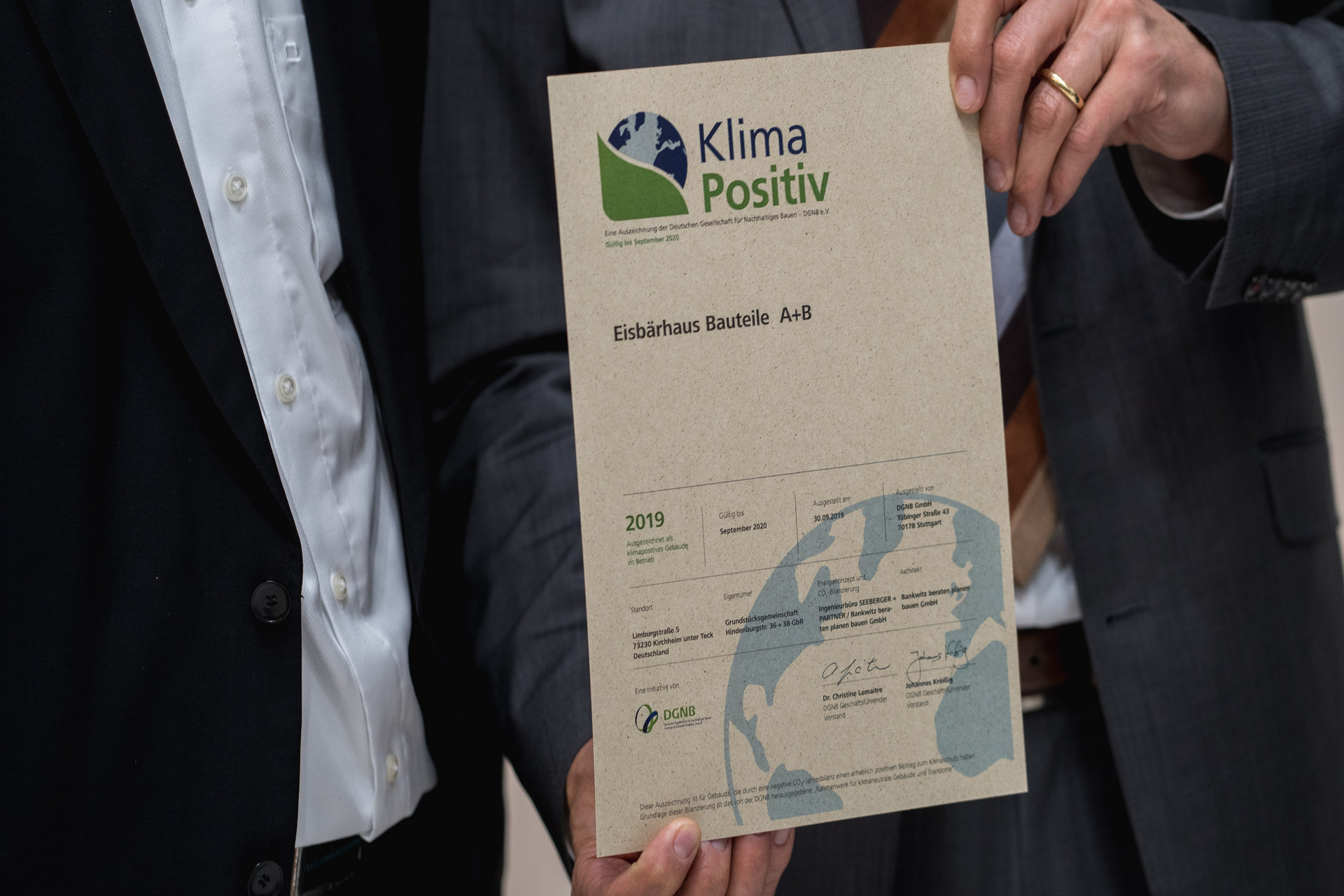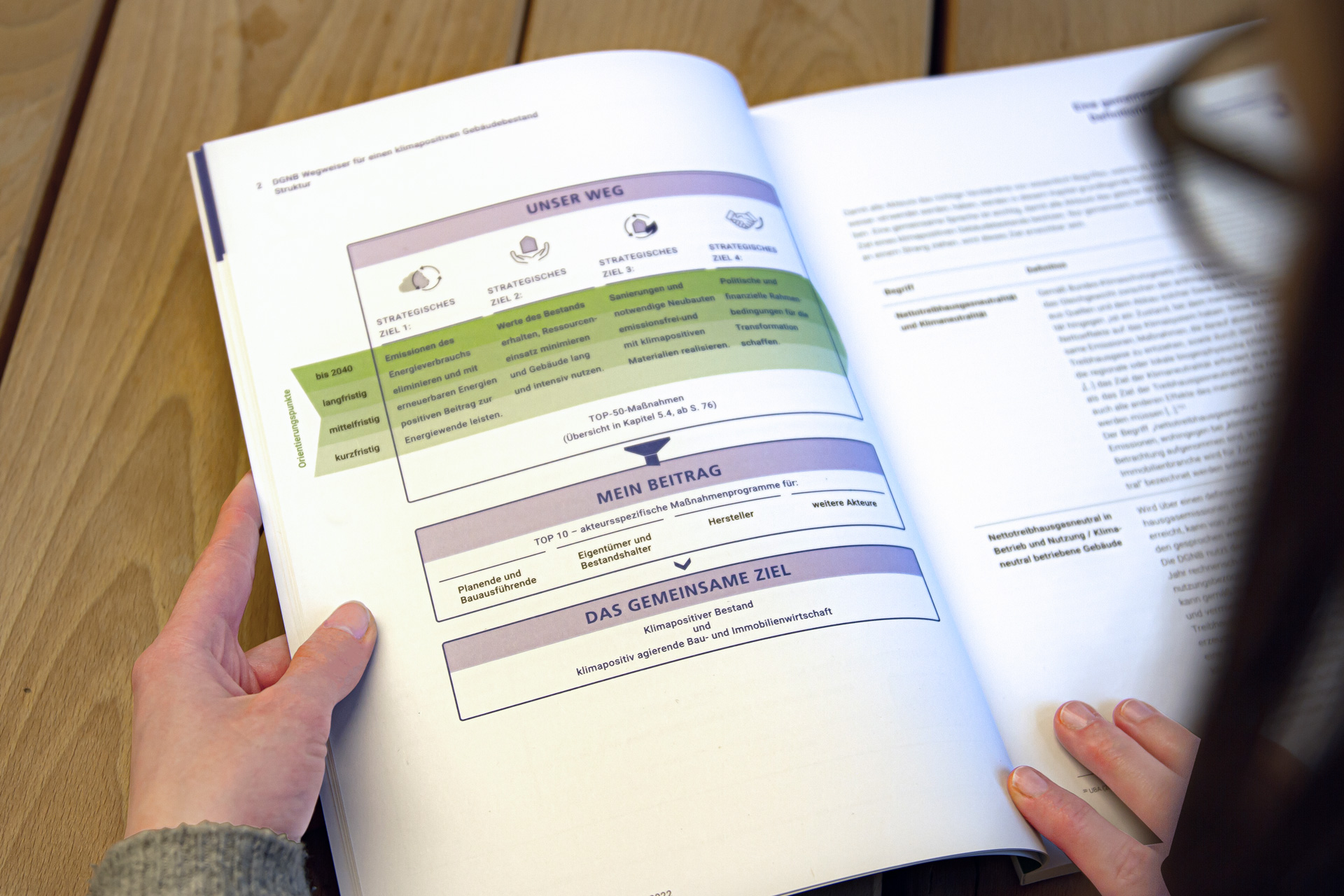Climate action has been one of the DGNB's central objectives since its founding. In 2015, the Paris Agreement agreed to limit global warming to 1.5 to a maximum of 2 degrees Celsius. The sixth assessment report of the Intergovernmental Panel on Climate Change (IPCC) also makes it clear once again that our actions in the coming decades are crucial. For "global warming of 1.5°C and 2°C will be exceeded in the course of the 21st century unless drastic reductions in CO2 and other greenhouse gas emissions take place in the coming decades" (IPCC 2022). In order to stay below 1.5 degrees of global warming, global greenhouse gas emissions must start to decrease by 2025 at the latest and be reduced by 43 percent by 2030. The two-degree path also foresees a peak in greenhouse gas emissions in 2025. As a major contributor to greenhouse gas emissions, actors in the construction and real estate sector also have an obligation to take actions that are in line with climate targets.
In the awareness that existing laws will not adequately solve the problems, however, the only way left at this point is to do more voluntarily. This is precisely the framework in which the DGNB has been working since 2007. We are actively working to ensure that buildings are planned, constructed and operated in a way that actively contributes to climate action.
In order to implement the necessary, systematic transformation of our decisions and actions on a broad scale, the DGNB has initiated a large number of other activities related to consistent climate action. They all show: The time for waiting is long over! We can and must finally start discussing climate action not only theoretically, but take it seriously and approach it pragmatically.


